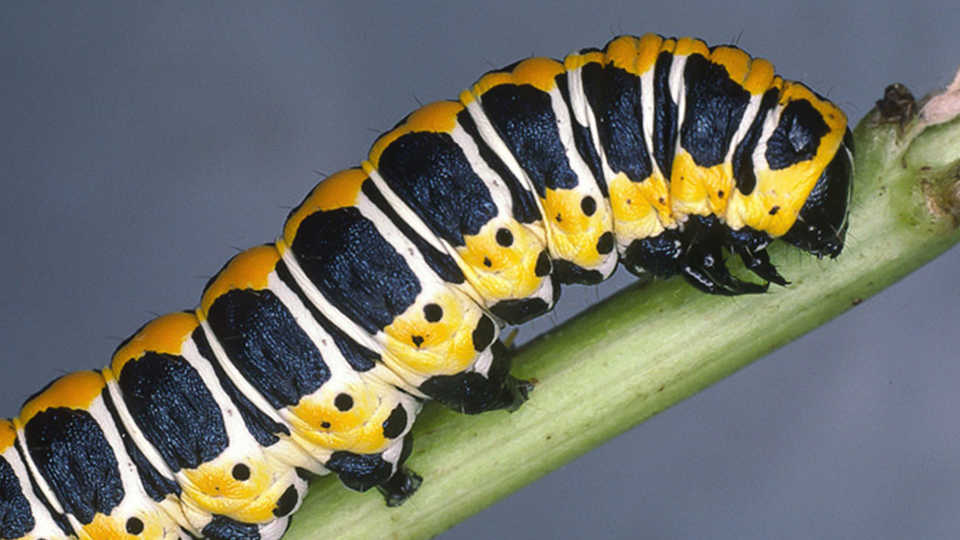Science News
Wallflower or Outgoing Superstar?

Butterfly larvae, otherwise known as hungry caterpillars, like many other animals avoid predators in a couple of different ways—camouflage and conspicuous warning signals (perhaps this even applies to humans you know).
They both succeed to various degrees—either hiding or warning their predators that they are toxic—and researchers recently discovered that the variation in this success is seasonal.
The team of researchers, led by Johanna Mappes of the University of Jyväskylä in Finland, wondered how and why these two different strategies are able to coexist in nature. They were especially curious about the persistence of the brightly colored caterpillars—such conspicuous advertising is risky because it relies on predators understanding the meaning of this signal.
So Mappes and her colleagues investigated whether the relative abundance of differently colored caterpillar species might be influenced by the number of juvenile bird predators, which are naïve to the meaning of warning signals when they first leave the nest.
They used artificial caterpillars of three different types: those with black and completely cryptic, or camouflaged, bodies; some with small orange patches (moderately conspicuous); and finally those with large orange patches (conspicuous and similar to the lettuce shark (Cucullia lactucae) species in its caterpillar stage, pictured above).The fake caterpillars were set out as bait during the nesting season of passerine birds.
The scientists determined that conspicuously colored caterpillars have better chances of survival at the beginning and end of the fledging season, when naïve birds are least abundant, whereas camouflaged species have a survival advantage during the middle season. Looking across 688 different species of Lepidotera, the team confirmed that the same seasonal abundance patterns are reflected in nature and could explain why warning signals persist even though predators have no innate knowledge of their meaning.
Success for both quietly- and loud-colored caterpillars—it takes all kinds!
The study is published today in Nature Communications.
Image: Kimmo Silvonen